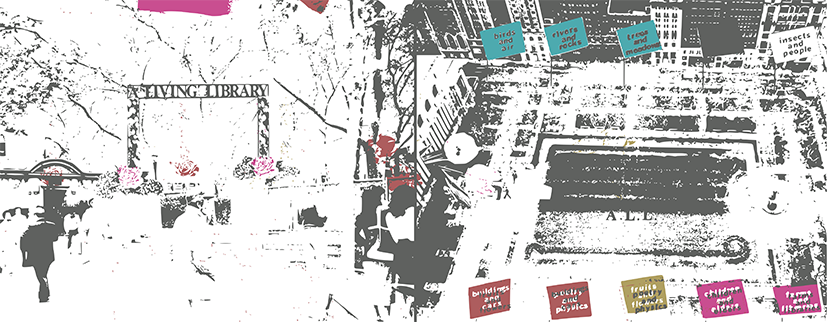
Eco-feminist graphic territories
Abstract
Some of the most powerful contemporary works of art addressing issues related to the representation of the environment, its exploitation and degradation, the ecological crisis, and glob-al warming are those that draw on eco-feminist thought through eco-art, starting with the pro-found insights and knowledge of the so-called First Nations. The article aims to outline the cur-rent graphic scenarios of eco-feminist thought and the connections between action strategies and the most emblematic images, starting with some of the visionary projects that have often led to changes in governmental policies and practical applications, expanding the dialogue on previously unexplored issues.
The aim is to help facilitate, through images, the recognition of the binomial – much debated today – human/non-human, the integration of graphic forms of a heterogeneous nature used in environmental analysis, and the critical reading of the cultural approaches this vision of Nature offers to all species in terms of psycho-physical well-being. The iconographic review proposed within the article aims to bring these landscape visuals to light through the composition of the image, becoming a vehicle for communication, dissemination and eco-feminist activism, reaffirming the connections between the instrumentalisation of nature and the acquisition of scientific knowledge.
DOI: https://doi.org/10.20365/disegnarecon.33.2024.21
Keywords
Full Text:
PDFRefbacks
- There are currently no refbacks.
Copyright (c) 2024 Starlight Vattano
DISEGNARECON
ISSN 1828 5961
Registration at L'Aquila Law Court no 3/15 on 29th June, 2015.
Indexed in SCOPUS. Diamond Open Access. All papers are subjected to double blind peer review process by qualified reviewers.
Journal founded by Roberto Mingucci
